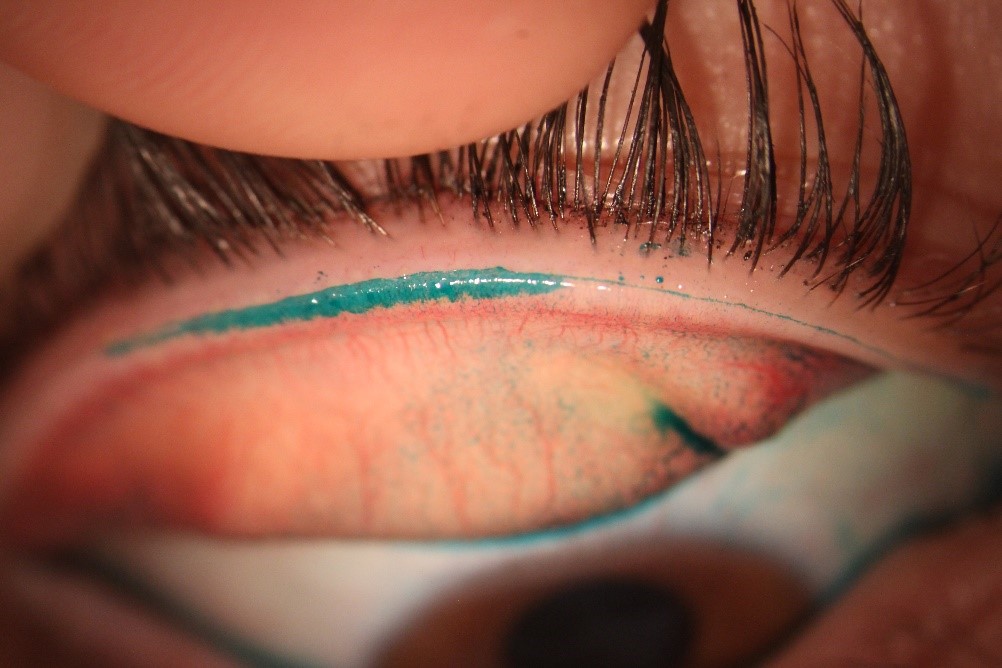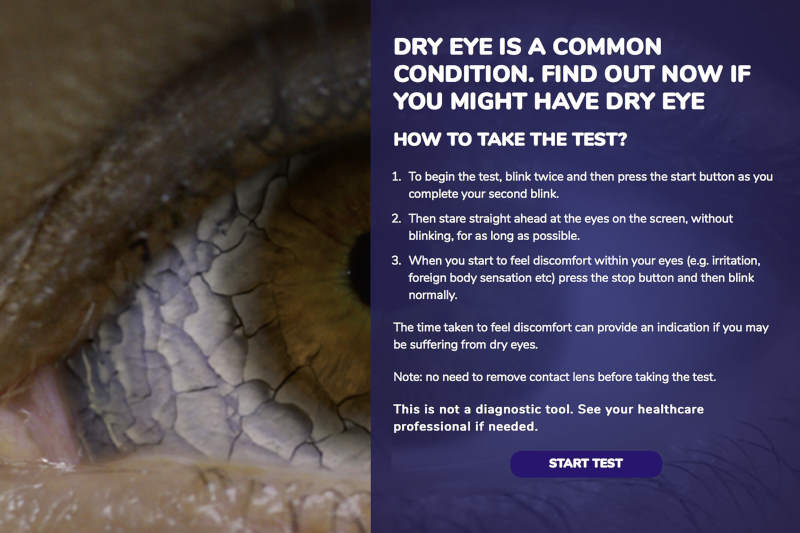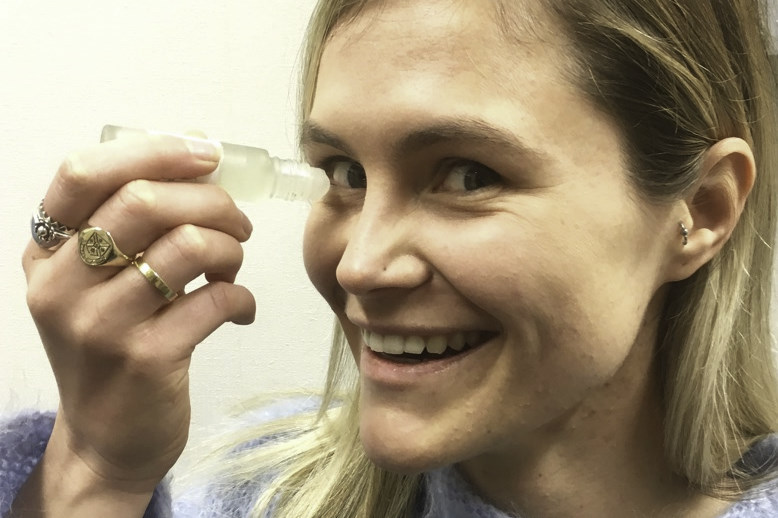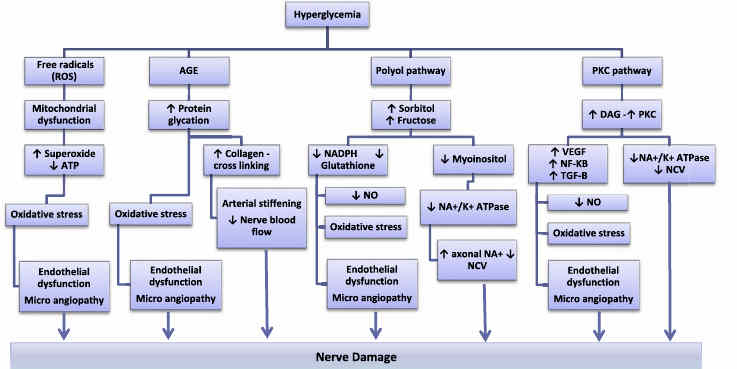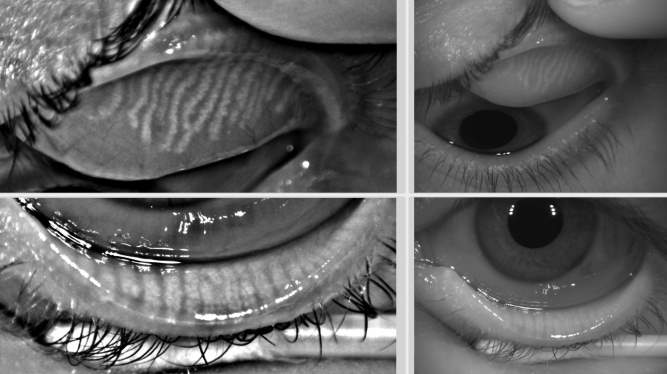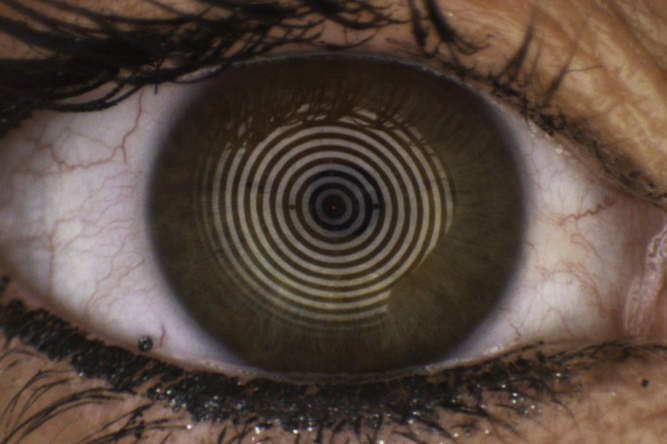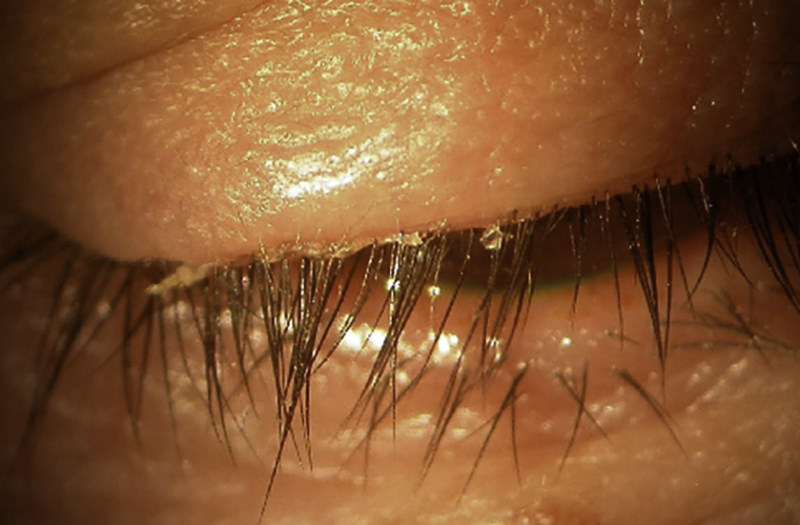Asian ethnicity: a significant risk factor for dry eye
Asian ethnicity is recognised to be a significant risk factor for the development of dry eye disease, with a higher prevalence and severity of dry eye signs and symptoms consistently reported in Asian populations relative to Caucasian cohorts in the literature. However, the effects of environmental differences between Asian and Caucasian population studies conducted in different parts of the world, as well as the lack of consistency in methodology of earlier studies, created significant challenges when interpreting their findings.
In a previous age and environmentally-controlled cross-sectional study conducted by the University of Auckland Ocular Surface Laboratory (OSL), involving 74 co-located young adults, aged between 18 to 30 years, the Asian eye was found to exhibit a significantly higher degree of meibomian gland dropout and incomplete blinking, although no significant ethnic difference in dry eye symptomology was identified in this age group. It was hypothesised that incomplete blinking may predispose towards eventual meibomian gland atrophy (see story this page) through reducing the flow of meibomian secretions and potential blockage and inflammation of the ductal system. In addition, it was thought the ethnic differences in the ocular surface observed may predispose towards a greater severity of dry eye symptomology and signs in the Asian eye with advancing age.
The TFOS DEWS II epidemiology report, released in July last year, identified limited literature on the natural history of dry eye disease, as well as studies surrounding the status of the ocular surface and tear film in the paediatric population. To help address some of these gaps in knowledge, an age and environmentally-controlled cross-sectional study of 70 co-located paediatric participants, aged between 5 and 18 years, was recently conducted by the OSL.
The results showed there were no significant overall ethnic differences in tear film quality, dry eye symptomology or meibomian gland dropout between the Asian and Caucasian paediatric cohorts. Nevertheless, in agreement with the previous young adult study, a higher proportion of Asian participants demonstrated incomplete blinking than Caucasian participants. Ethnic differences in meibomian gland morphology patterns were also observed, with gland shortening being more common in the Asian paediatric eye, while gland tortuosity was more frequently observed in the Caucasian eye, although the reasons for this are as yet unknown. Furthermore, Asian participants without an eyelid crease were found to exhibit a higher degree of inferior lid wiper epitheliopathy and corneal astigmatism, which would both appear to suggest possible effects from higher levels of eyelid tension.
Overall, the findings of the study suggest that eyelid anatomy and tensions may potentially be implicated in the Asian ethnic predisposition towards incomplete blinking and meibomian gland dysfunction, which may eventually manifest with increased prevalence and severity of dry eye disease with advancing age.
References
Craig JP, Wang MT, Kim D, Lee JM. Exploring the Predisposition of the Asian Eye to Development of Dry Eye. Ocul Surf. 2016 Jul;14(3):385-92.
Kim JS, Wang MT, Craig JP. Exploring the Asian ethnic predisposition to dry eye disease in a paediatric population. Ocul Surf. 2018 (in press).











